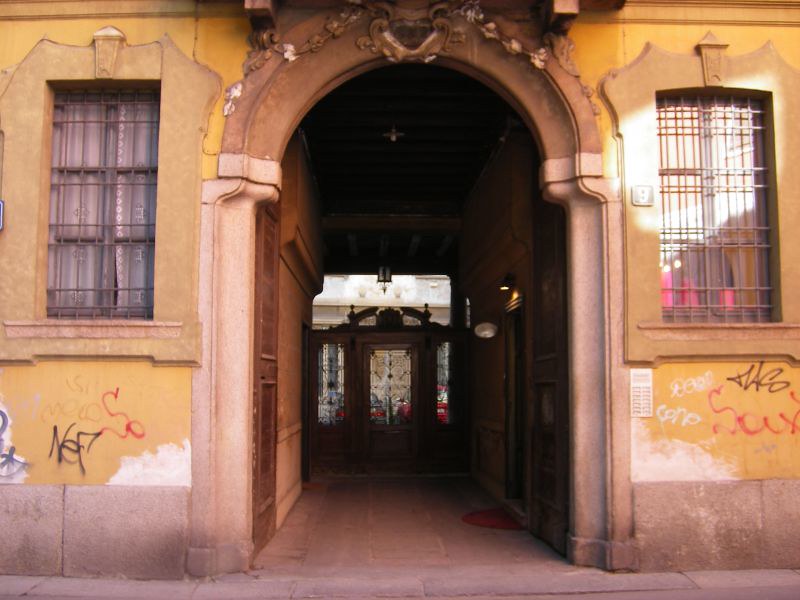Since the discussion of “Budget Photographers” got going I’ve been
reviewing the available point & shoot digital cameras out there and
for anyone interested in photographing their own work without
breaking the bank I can recommend the Canon PowerShot A620. I have
actually road tested this camera.
This camera has the following features to recommmend it:
Decent macro capabilities although the closest focus is at the
wide end of the zoom range. It focuses as close as 1cm. Very
user friendly with an easy to use menu system. 7MP resolution. A
swing out/rotating LCD screen which makes shooting in tight,
tabletop setups far easier. Remote control from a computer which
gives you a bit of a larger viewing screen for focus and
composition (not full screen, but noticably larger). You do
lose a couple of metering features in this mode. It also
downloads the images directly to the computer which is handy.
The lens is all glass, similar in design to a more advanced
Canon model. It uses 4 AA or NiMH rechargable batteries. Comes
with a good software package for image organization and basic
editing. Current pricing starts at $197 according to
www.dcresource.com.
More info and reviews can be found at www.dpreview.com and
www.dcresource.com.
FYI
Les Brown
L.F.Brown Goldwork
17 2nd St. East, Ste. 101
Kalispell, MT 59901
